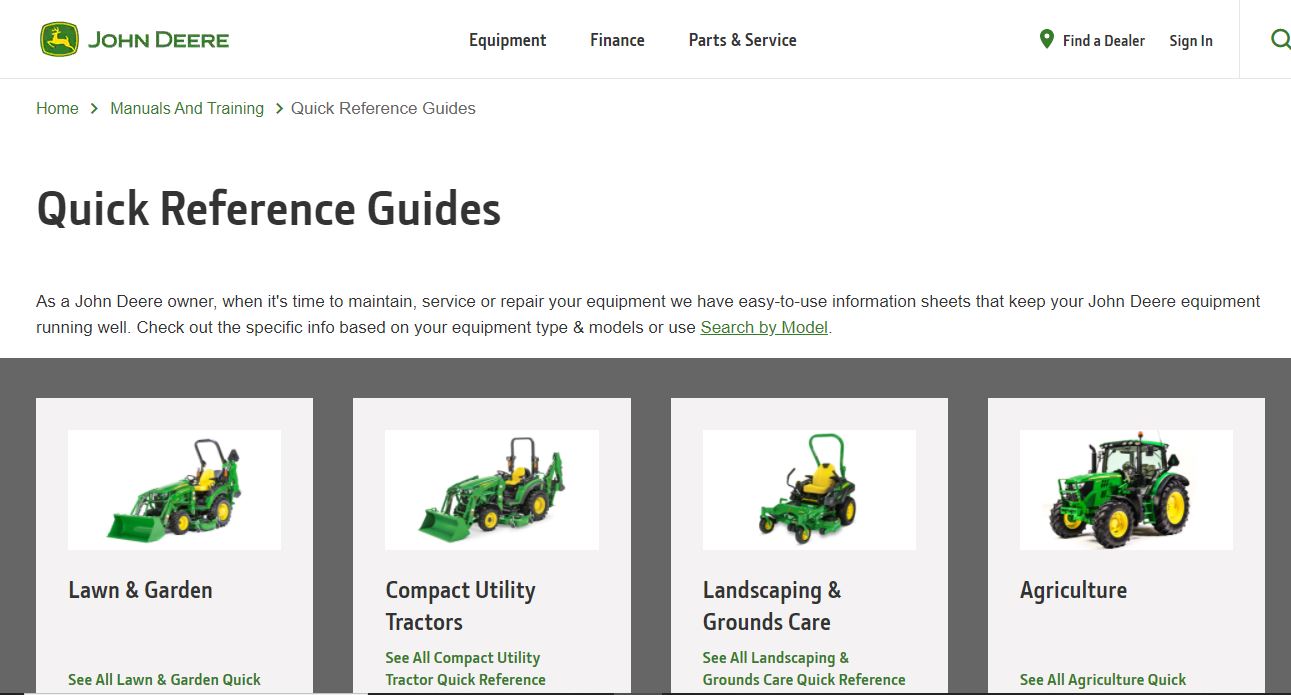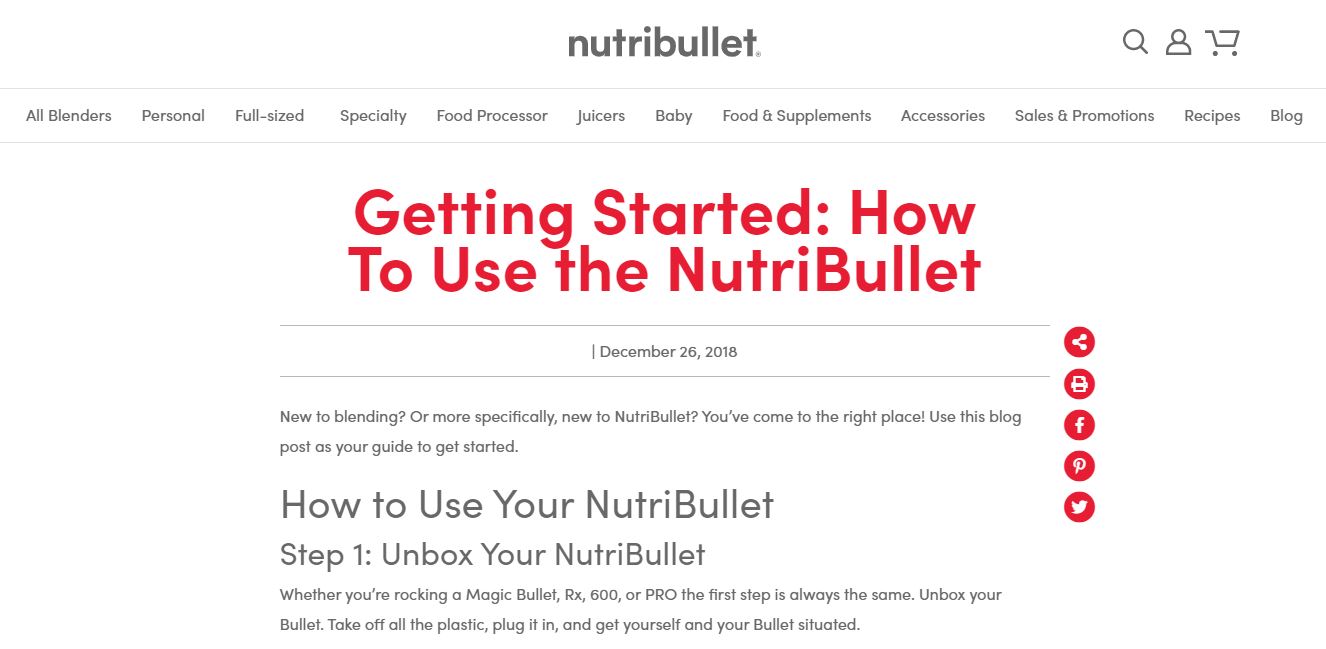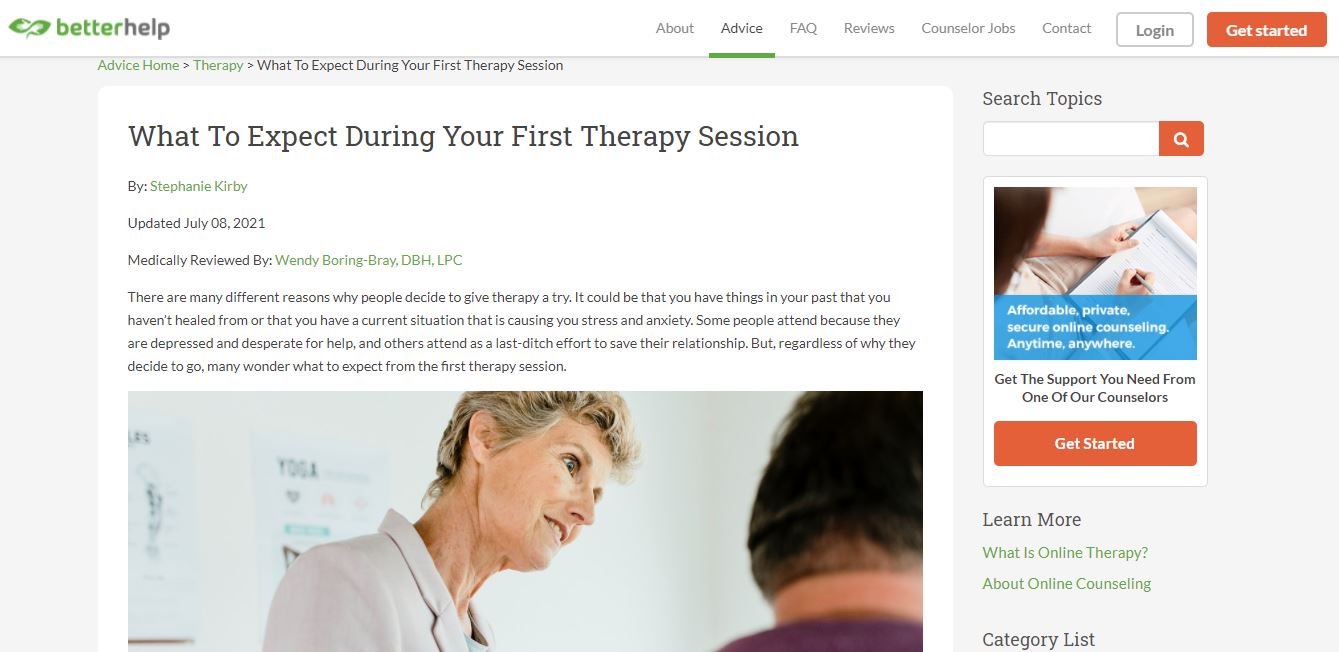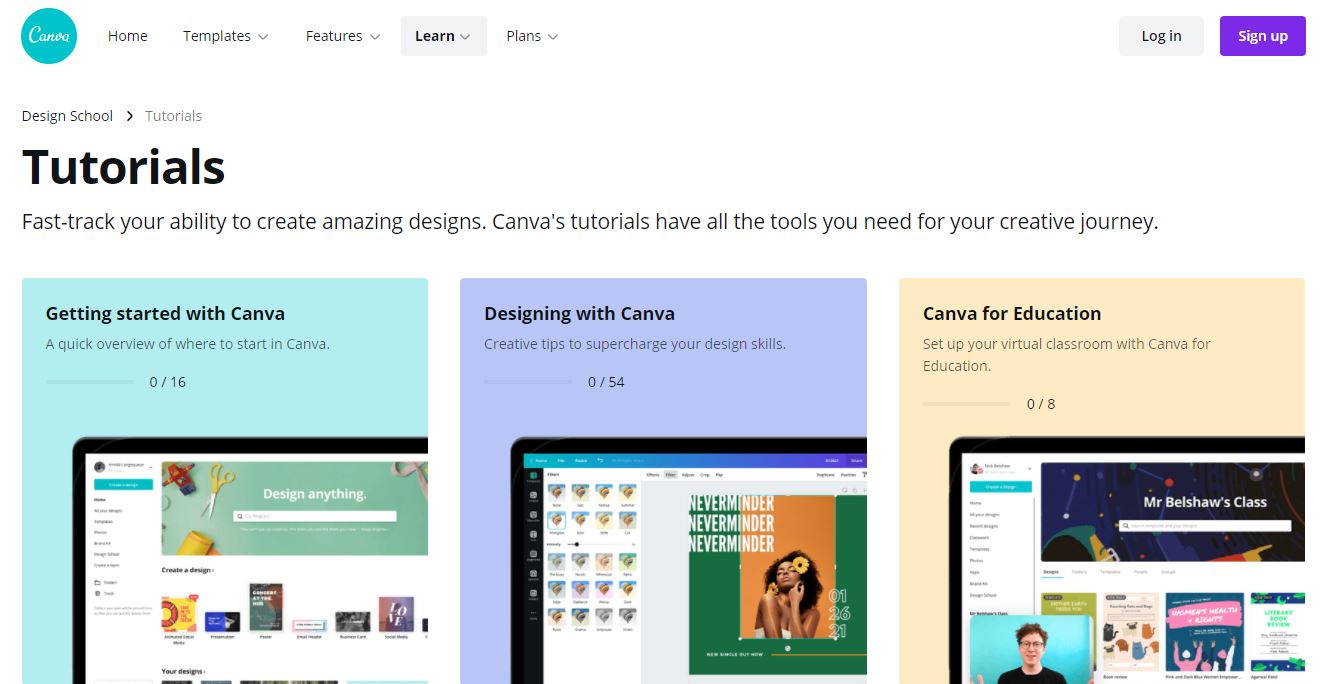Reaching your customers in new and engaging ways is paramount for brand managers and digital marketers alike. Most of the time, it takes more than following the Four P’s of Marketing to promote your products to both existing and potential customers successfully.
As marketing methods become more and more digitized, it’s no surprise that companies must find innovative ways to push their products to the right audiences.
It can be a challenge to choose the proper marketing channels to effectively showcase your brand, as well as the products and services your company offers.
By learning more about product tutorials and implementing them into your marketing strategy, you’ll be able to hit your target customers with the information they need to get the most out of the products they purchase.
We’ll cover all the ins and outs of product tutorials and how they can benefit your brand and the customers purchasing your products. We’ll dive into the types of tutorials you can create, as well as some tips to keep in mind when creating tutorials to post online.
What Is a Product Tutorial?
There’s no clear definition of a successful online marketing strategy — but this shouldn’t come as a surprise. Companies will use whatever means necessary to reach their customers uniquely to gain brand recognition, earn loyal customers, and sell more valuable products.
When selling a product, it’s common for consumers to have questions about it. Whether it’s a lawnmower or a new phone, there are plenty of people who unbox their items and are left questioning how to use them. This is where a product tutorial comes in handy. They’re helpful for customers who want to learn more about what they’ve purchased, so they don’t feel like money is being wasted.
The Benefits of Creating Product Tutorials
Publishing product tutorials online for easy access can help you stay ahead of your competition and appeal to your customers when they have concerns about your product or service. Here are some of the benefits of making product tutorials for your customers.
Improves Online Engagement and Authority
The days of sorting through a product manual to follow instructions are slowly but surely coming to an end. It’s so much simpler for users to hop on YouTube and type in “how to…” to find the video they’re looking for.
Think With Google found that YouTube users are three times more likely to prefer watching online tutorials than researching a product’s manual or instruction book. It saves time and energy, and when brands are producing quality videos to match their quality products, customers feel more satisfied because their needs are being met.
Cuts Down on Customer Service
In 2020, 58% of customers contacted customer service departments for any given reason. Customer service was at one point almost non-existent, but now, they serve as vital cogs in the machine of a business.
As more businesses implement personalized customer care into their strategies, it’s crucial to consider how product tutorials may lessen those customer requests. It allows more employees to focus on other customer concerns rather than explain how a product functions.
Builds Brand Trust
With attitudes and perceptions of brands changing, it’s no wonder why customers are more willing to purchase products from brands they trust than those they don’t. When a business posts a product tutorial online, customers can depend on the company to meet them wherever they are.
As brand trust grows, customers will likely become more loyal to the brand they buy from and remain customers who can be pushed through the sales funnel. There are no downsides to building brand loyalty, and product tutorials can help elevate customer retention.
Examples of Useful Product Tutorials
Companies are already taking advantage of product tutorials to enhance customer experience and engage with their audience. Here are some examples of successful product tutorials:
Customers who purchase landscaping products from John Deere can reference these guides when they run into any problems with their equipment.
For people new to using the Nutribullet, the company offers a step-by-step guide on how to begin using their best-selling product.
When individuals utilize BetterHelp services, they may worry about what to expect during their first session. BetterHelp provided some frequently asked questions and answers in order to give customers peace of mind.
Canva is an excellent platform for novice graphic designers, and they include multiple engaging, interactive tutorials to educate their customers on their various products.
Playstation gamers benefit from using virtual reality (VR), and PlayStation takes this into account. They offer a video tutorial on how to set up their VR system so customers can spend less time installing and more time playing.
Tips for Designing Effective Tutorials
Breaking down the process of creating practical customer product tutorials will help ease your mind if you’re trying to level up your marketing efforts.
Below, you will find some things to keep in mind when it comes to developing tutorials. By following these tips, you’ll be better able to create high-quality tutorials and effectively reach the customers who need more information about your products.
1. Define your target audience
Any good marketer knows it’s challenging to implement a marketing plan without properly identifying your audience. Make sure to gather as much information as possible about what types of customers are interested in your product or service and who will benefit from an online tutorial. This will help you as you begin the process of creating a tutorial that performs well.
2. Choose your media type carefully
Some companies lack the resources to produce high-quality videos, but thankfully, there are alternatives. For example, here are some other ways to create tutorials that successfully inform and explain your products to an audience:
- Step-by-step guides online (blog, social media)
- Complete product guides published on your website
- Newsletters sent out by email
- FAQ sections on your website
No matter which avenue you choose, there are suitable options for all kinds of businesses.
3. Use video editing or screen recording software
If you are trying to create an engaging video, consider using video editing software like Final Cut Pro or Adobe Premiere Pro. It’s good to plan in pre-production so you have a clear idea of what the video should look like once you’re done editing.
If your marketing department lacks the necessary production means, consider recording your screen and taking your customers through your products using screen recording software.
You can either appear on video or do a voiceover while bringing your customers through the process of using your product. Take this dosing webinar as an example — customers using the product could see how to use the Sanford Guide Vancomycin Calculator, which may be challenging for some customers to use without prior instruction.
4. Narrow down which products need more attention
Depending on the industry you’re in, some products tend to be more complex than others. It may be necessary to take inventory of your product lines and see which products present challenges to the average customer.
For example, electronics require more instruction during setup, while other products like jewelry and accessories are pretty self-explanatory. Be sure to go through your products and highlight which ones need more attention — this way, you know which products require an explainer tutorial.
5. Consider creating a series for your product lines
Once you’re well-versed in designing effective product tutorials, you’re able to expand upon that skill by adding more tutorials to your portfolio. Brands can benefit from creating multiple tutorials or guides for their respective products and ensuring all customers are being cared for.
6. Be clear and concise about your product
Within a tutorial, there are five major components to include:
- Introduce the product.
- Talk about who your product is aimed at.
- Demonstrate how to use the product.
- Highlight the main features and benefits.
- Include a direct call to action.
We’ll explain more about the importance of a call to action later.
7. Experiment with tone and personality
There’s no set standard for how to approach these tutorials. Businesses can get as creative as they want when highlighting the benefits of their products. Feel free to include humor or wit if your audience would be receptive to that sort of tone. You want your brand to be memorable and stick out from the crowd.
8. Incorporate your brand’s mission or story into your content
Add some spice to your tutorial by incorporating your mission or a brief history of your company. Include anecdotes or testimonials about products and consider adding in some positive reviews about your product. This will only further the customer’s appreciation for your product while learning more about your product’s ins and outs.
9. Track insights and analytics
Videos on YouTube have insights and analytics you can use to check on the performance of your video and see how many views it has. This can help you understand where your video may have fallen short or be a direct way of seeing your hard work pay off. The more views, the more helpful your video is.
10. Always include a direct call to action
Aside from explaining a product clearly, the purpose of a product tutorial is to engage your customer with your brand. You want them to come back to your product because it satisfies a want or need, so harness that marketing power and include a call to action. Whether it’s participating in a survey or having customers subscribe to your channel, it all contributes to your bottom line.
These are only some examples of valuable tips — the list could go on. Remember that you've got the right marketing mindset if you’re taking the time to release product tutorials.
Effectively Market Your Products
Product tutorials help you show your customers that you care about their concerns regarding the products you sell. Addressing product concerns early on will keep your customers coming back for more. Be sure to incorporate product tutorials into your marketing plan, as they’ll likely grow in popularity in the next few years.
Related Posts
Devin Partida writes about topics concerning tech and the internet. She is also the Editor-in-Chief of ReHack.com.












